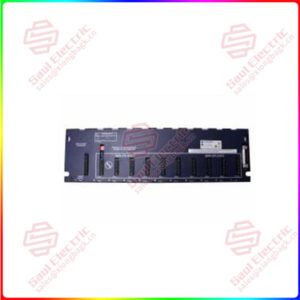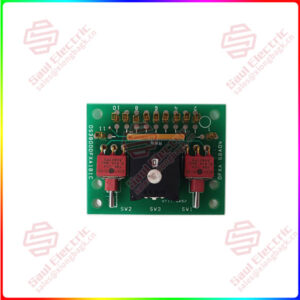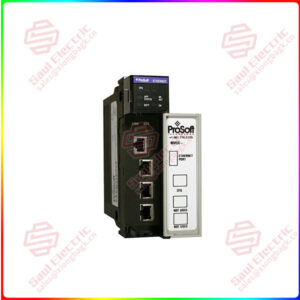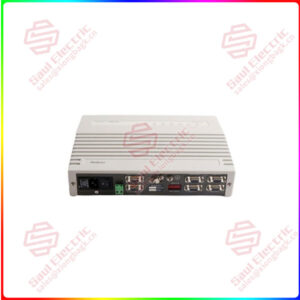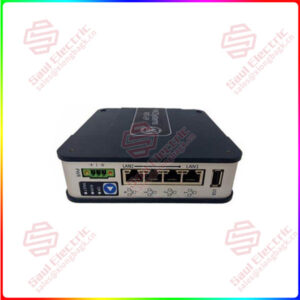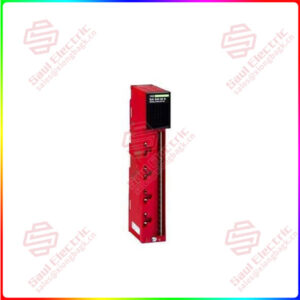Description
Overview
Essential details:3171197-4 man-machine interface panel B&w
Human Machine interface (HMI) is a user interface that allows a human operator to interact with a machine or process.
HMI is commonly used in industrial Settings to allow operators to monitor and control processes, such as those in factories or power plants.
HMI can take many forms, including a graphical user interface (GUI) on a computer, a touch screen, or a physical control panel with buttons and a display.
They are used to present process data to operators, allow operators to enter commands and setpoints, and provide alerts and other information.
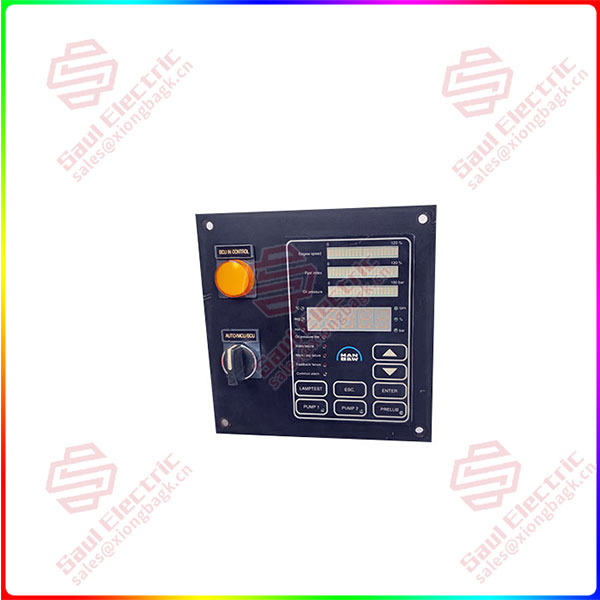
3171197-4
Sales Manager: Manager He
E-mail number: sales@saulcontrol.com
skypel wechat: +86-18059884797
Mobile phonelwechat: +86-18059884797
QQ:3095989363
Other :3171197-4 man-machine interface panel B&w
Graphical User Interface (GUI) : These are computer-based Hmis that use a graphical interface to display process data and allow the operator to enter commands.
A GUI can be created using software such as Microsoft Windows or a specialized HMI software package.
Touchscreen Interface: With simple and intuitive interaction methods, touchscreen is often used on devices such as smartphones, tablets, and interactive whiteboards.
Voice Interface: Allows users to interact with computers through voice recognition technology.
It is commonly used in smart speakers and vehicle-mounted systems.
Physical panels: These are physical Hmis that use buttons, switches, and displays to display process data and allow the operator to enter commands.
It is commonly used in industrial environments where GUI or touch screens may not be practical, such as environments with high levels of vibration or dust.
Web-based interfaces: These human-machine interfaces use a Web browser to present process data and allow the operator to enter commands.
They can be accessed from any device via a Web browser, allowing operators to remotely monitor and control processes.


 1 Year Warranty
1 Year Warranty
